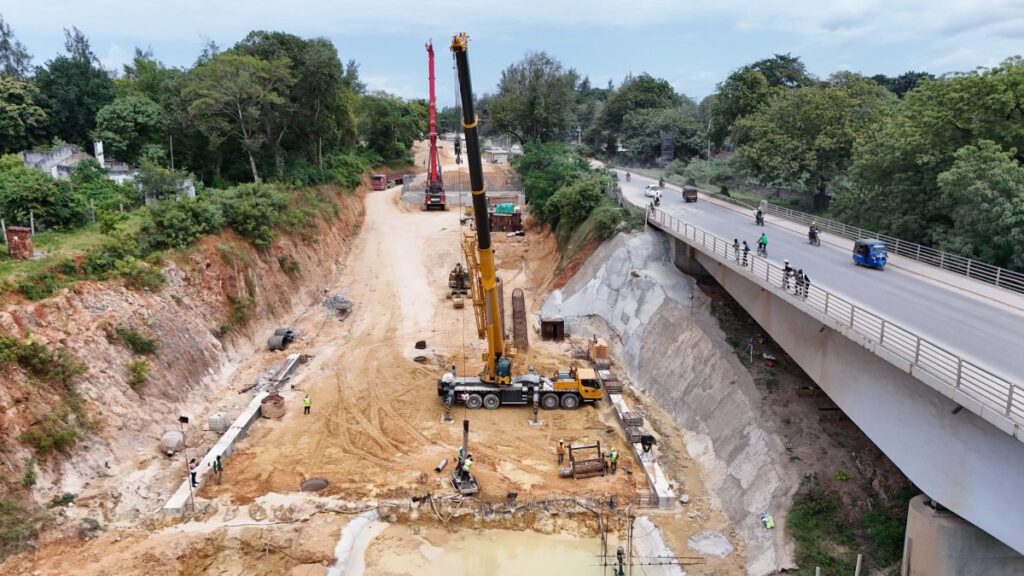The construction of the Multinational Bagamoyo–Tanga–Horohoro/Lungalunga–Malindi Road has encountered significant delays due to land compensation challenges. This major infrastructure project, which aims to boost regional connectivity between Kenya and Tanzania, is currently at 43% completion. The delays have mainly affected sections near the Baricho waterline, where unresolved compensation claims have hindered construction activities.
Efforts are ongoing to address the issue. The government has initiated the compensation of affected communities and is in the process of relocating the Baricho waterline. This relocation will see the replacement of the existing pipeline with a larger-capacity system to enhance water supply in the region.
The construction project is being implemented in phases, with Phase 1 currently underway. This phase is split into two parts: Lot 1 covering the Mombasa–Mtwapa section and Lot 2 covering the Mtwapa–Kwa Kadzengo–Kilifi section. The Kenya National Highways Authority (KeNHA) is managing both sections.
Beyond the infrastructure development, the project is generating substantial socio-economic benefits. It has already created numerous employment opportunities and boosted business for local traders and transporters. As activity continues, the surrounding communities are expected to experience even greater economic uplift.
In parallel with its development goals, the project places a strong emphasis on environmental sustainability. The government plans to plant 400 trees for roadside beautification and restore 50 hectares of forest in the Rabai-Kaloleni area. This initiative aims to offset the environmental impact of the construction while promoting biodiversity and climate resilience.
Looking ahead, the completion of this strategic corridor is expected to significantly enhance trade, investment, and tourism across the Kenya-Tanzania border. The improved transport infrastructure will not only facilitate smoother cross-border movement but also position the Coast region as a key hub for economic activity within the East African Community.
Despite current setbacks, the Bagamoyo–Malindi Road project remains a vital element of the region’s infrastructure strategy. Its successful completion will mark a major step forward in achieving long-term regional integration and sustainable development across East Africa.

